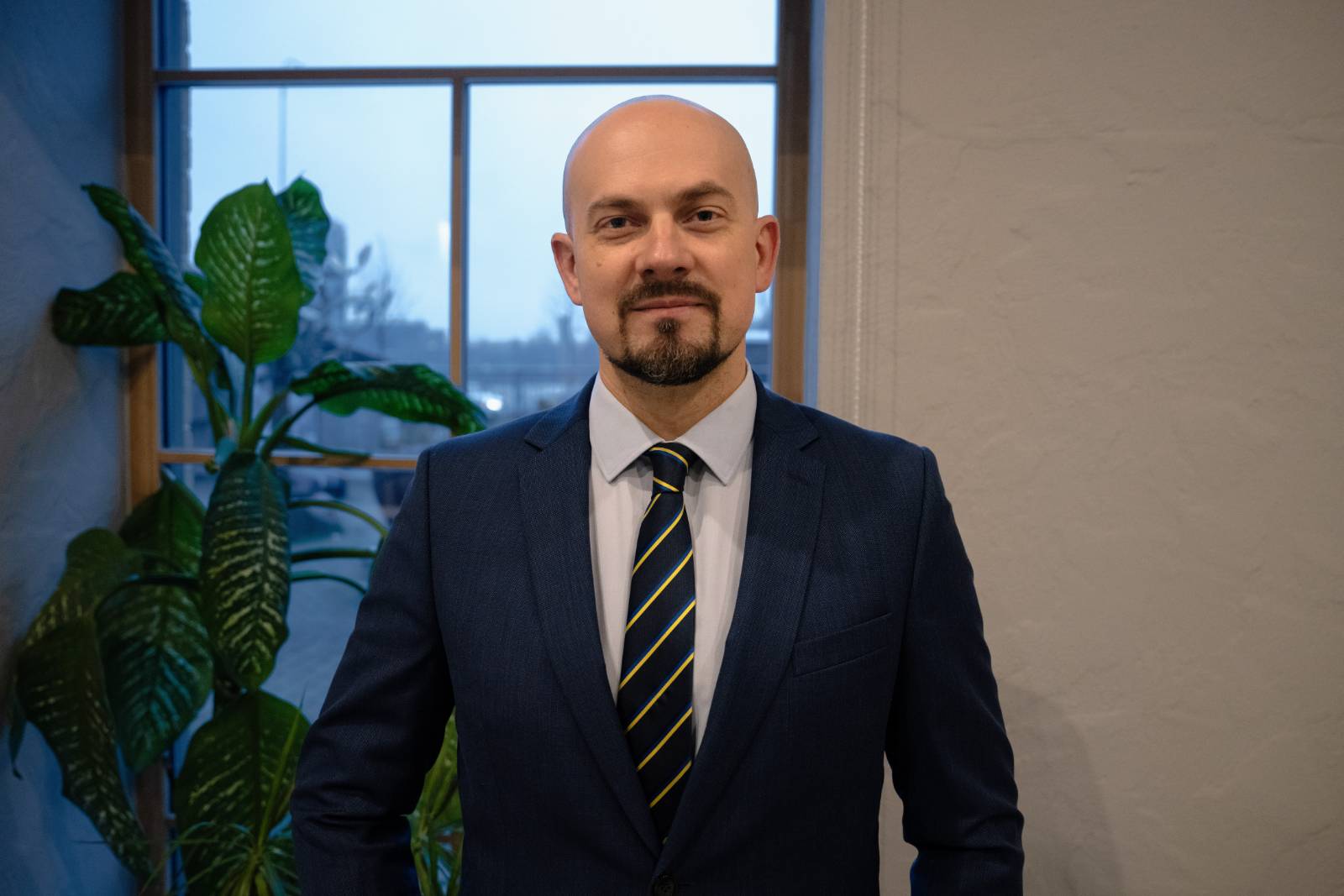01.01.2025
Jučkoviča: Do we know where health care in Latvia is headed? We don’t have an answer to that question

Foto: Pexels
A new drug pricing model came into force this year, under which wholesalers are charged a fixed mark-up of €0.50 for each prescription drug package distributed, and a prescription service fee has also been introduced.
In future, residents will have to pay 75 cents per prescription out of their own pockets, while the state will pay another 75 cents to large pharmacies for each prescription dispensed. The state will pay an additional €1.75 to the only pharmacies in populated areas.
“We are talking about a system that is seemingly outside the economy. It is an administrative system with generous discounts and its own rules. For example, from January 1, Estonians will pay €3.50 for a prescription instead of €2.50, and this one euro will go into the healthcare budget.
When talking about this economic system, it is important to remind everyone, including state institutions, employees and officials, that pharmacies are part of primary health care, but they are also subject to commercial law, which means they are businesses. Commercial law clearly states that a business must make a profit, and without it, the business cannot operate in any way.
In theory, we should also understand why we are carrying out this reform. At the moment, we understand that we have been told that medicines must be cheaper. Since we are, excuse me, outside the economy, then yes, we are lowering the prices of medicines, but we do not know how well we are doing this. For example, in Estonia, we see documents, available on the website, also in English, about the state of health care in Estonia. Do we know the state of health care in Latvia? In my opinion, we do not have such answers. That is why we see these sporadic, rushed, unprepared reforms, where we are faced with these surprises,” said Kristīne Jučkoviča, Executive Director of the Latvian Pharmaceutical Care Association, on TV24’s program “Dr. Apinis.” It has already been reported that prescriptions written for children under the age of 18 will be free of charge.
It has already been reported that prescriptions for children under the age of 18 will be free of charge. Prescriptions will also be free for people in need who are exempt from paying for pharmacy services.
In addition, chronic patients will be able to obtain a three-month supply of medication on a single prescription.
However, if a patient is prescribed medication for longer-term use and the medication is collected from the pharmacy in several instalments, the fee for the pharmacist’s services – 75 cents – will only be charged on the first occasion.
The new model also provides additional support for individual pharmacies that perform a social function in their regions, with a higher surcharge similar to that for family doctors to promote access to services, Kaupere said.
Abu Meri justified the introduction of the new medicine model by pointing out that medicine prices in Latvia have been higher than in Lithuania and Estonia. In his opinion, the changes will ensure cheaper prescription drugs by changing the current mark-up model, as pointed out by the Competition Council, the World Health Organization and the World Bank.
The Ministry of Health has stated that the new mark-up model “provides for the abandonment of the non-transparent percentage approach to the mark-up mechanism for wholesalers and pharmacies, which may motivate pharmacies to sell more expensive medicines to patients instead of equivalent medicines that are cheaper”.



